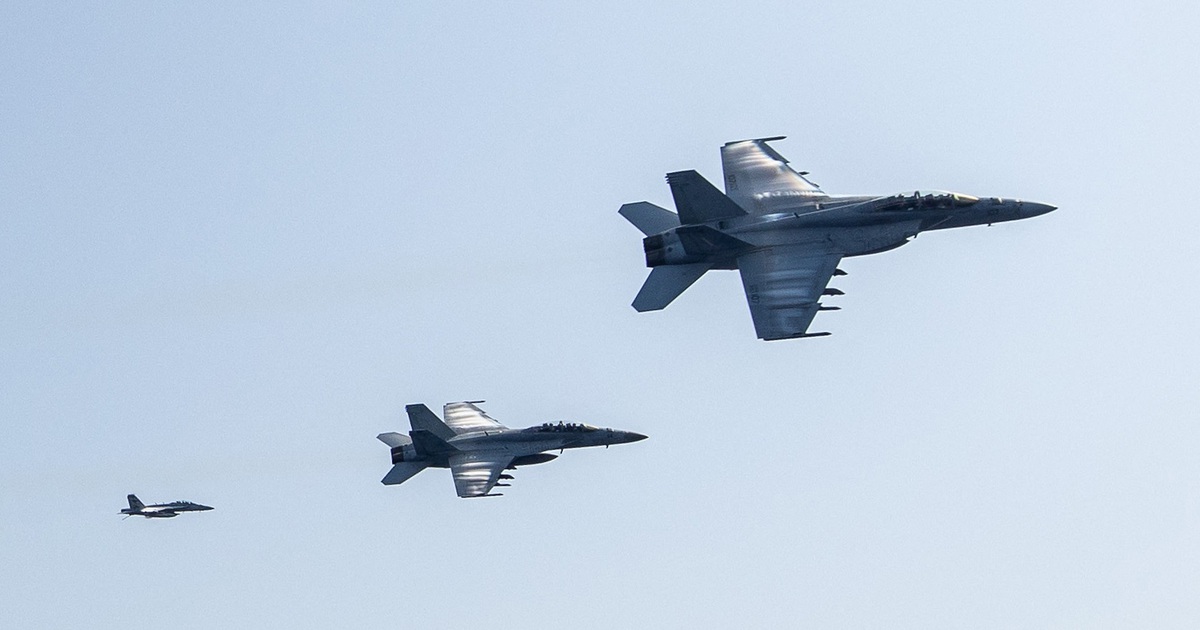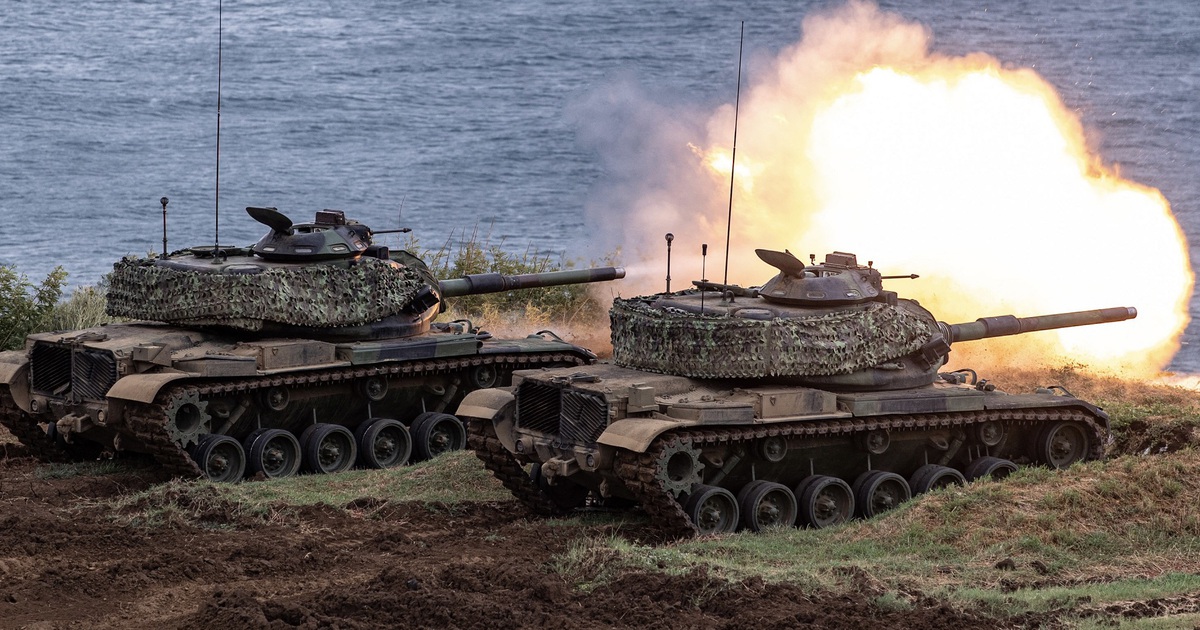Russia continues its winter bombing campaign against Ukraine’s energy grid. This Thursday morning there was an attack with 90 missiles and 97 drone bombs aimed at civil infrastructure in a dozen provinces in the country. Electricity supply companies have introduced power cuts in Ukrainian cities, a measure that is precisely what the Kremlin is pursuing since the fall of 2022: leaving millions of Ukrainians without electricity or other basic services such as heating or hot water. in the cold months. Hours after the attack, Russian President Vladimir Putin warned at a conference in Kazakhstan that this bombing is a response to the use by the Ukrainian army of long-range missiles from the United States and the United Kingdom on Russian soil. Putin has indicated that the main objective has been 17 military enclaves and has threatened to massively use the Oreshnik again against kyiv, a rocket designed for nuclear war and used for the first time last week against military installations in Dnipro. “They could be military installations, defense industry companies or decision-making centers in kyiv,” the Russian leader has threatened.
This Thursday’s offensive has left 523,000 consumers offline in the Lviv region, about 215,000 in Volhynia and more than 280,000 in Rivne, according to the provisional balance of the regional authorities. “The energy sector is once again under massive enemy attack. The attacks occur throughout the country. The operator [de la red eléctrica] “Ukrenergo has introduced emergency blackouts,” Energy Minister Herman Galushchenko wrote in a brief statement early this morning. From 5:00 a.m. to 8:30 a.m., the Russian army fired missiles and drones at infrastructure in a dozen provinces. Damage to civilian buildings has been reported in kyiv and Odessa.
The Ukrainian Air Force has reported that it has intercepted 79 of the missiles and 35 drones. The Telegram Monitor military information account, specialized in monitoring bombings, has summarized that the invader’s operation consisted of two phases: a first in which the Russian fleet in the Black Sea launched the Kalibr cruise missiles, and a second in which Kinzhal cruise missiles fired by bombers from the Russian province of Volgograd and from the Crimean peninsula, illegally annexed by the Kremlin in 2014, have been used.
Volodymyr Zelensky has stressed in a message on his social networks that Russia has used cluster munitions, which although they produce less powerful explosions, do expand the damage more and make the repair of civil infrastructure more complicated. “This is a very vile escalation by Russia in its terrorist attacks,” said the Ukrainian president. Zelensky has insisted on the need to receive more anti-aircraft defenses from his Western allies: “These defense systems are needed now in Ukraine, where they save lives, and not in warehouses.”
The Ministry of Energy has reported that this is the 11th large-scale Russian bombing of the energy grid so far this year. The United Nations estimates that Ukraine has lost 60% of its electricity generation capacity.
The previous bombing of this size occurred on November 17, and followed the same parameters of schedule, time and weapons as that of this Thursday, although on that occasion the arsenal used was larger, with 120 missiles and 90 Shahed bomb drones.
Putin threat
The Russian offensive against the invaded country’s energy system coincides with a new phase of the war in which the Kremlin threatens Kiev and its NATO partners with serious consequences if the Ukrainian army continues to use long-range Western missiles against military targets in Russian soil. On November 21, Vladimir Putin ordered the launch of the Oreshnik, an intermediate-range hypersonic ballistic missile against a military plant in the city of Dnipro. It is the first time that a rocket of this type, designed for nuclear war, has been used in an armed conflict. With this decision, Putin wanted to convey a threat to Ukraine’s partners in Europe and the United States.
The president has taken advantage of a meeting of the Collective Security Treaty Organization (CSTO), the Russian alternative to NATO, to raise his threat to the West. “In the case of a massive and group launch of these missiles [Oréshnik] that is, several at the same time in a single blow, its power will be comparable to the use of nuclear weapons,” Putin said.
The Russian president has declared that his General Staff and his Ministry of Defense are selecting new targets for this missile, although he has spoken conditionally when mentioning them: “They could be decision-making centers in kyiv.” Furthermore, it has justified bombing the Ukrainian Government because it exercises power in office by not being able to hold normal elections due to the Russian invasion.
“[Las autoridades ucranias] They are totally illegitimate. From a legal point of view, they do not even have the right to give orders to the Armed Forces, because they are usurpers of power,” said Putin, who renewed his mandate until 2030 in March in an election in which he vetoed any opposition candidacy and did not could be scrutinized by independent international observers, such as the OSCE mission.
Putin’s bravado is not new, however. He already made the same threat in June 2022, at the beginning of the war, when Europe was hesitant to send weapons to Ukraine: “As for the red lines, let me keep them to myself because it will mean quite harsh actions against the decision-making centers.” . But this must be decided by the Russian military-political leadership—that is, the Ministry of Defense—,” the Russian leader said then.
Last August, Ukraine began a partial occupation of the Russian province of Kursk. Since then it has lost 40% of the conquered space but Zelensky’s objective is to remain in Kursk in the long term, to demonstrate that Russia is vulnerable in its own territory. To this end, this November kyiv obtained US, British and French authorization for the use of long-range ATACMS, Storm Shadow and Scalp missiles against Russian military targets on enemy soil.
Putin has also stated that his war industry produces 10 times more missiles than all NATO countries combined and in 2025 “their production will increase by another 25 or 30%,” and he has rejoiced in the destructive power of his new missile: “The The impact causes a temperature that reaches 4,000 degrees Celsius, if memory serves, when on the surface of the Sun it is 5,500 to 6,000 degrees. The epicenter of the explosion separates into elementary particles. It turns into dust.”








